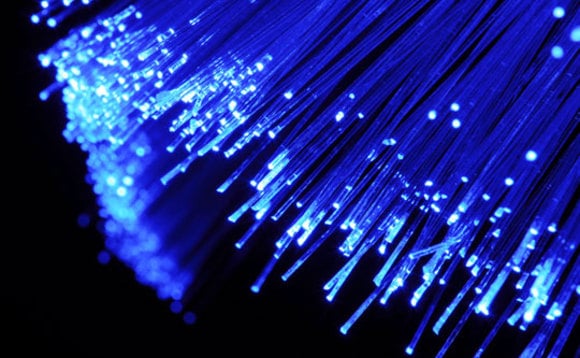Innovative Technology from Quincy Jones Makes Learning Piano Fun
The language of music can be spoken by anyone, whether a professional musician or someone just beginning to learn to play the piano. Hans Christian Andersen, the famous author of children’s fairy tales, once said, “Where words fail, music speaks.” Rock star Marilyn Manson put it a little differently: “Music is the strongest form of magic.”
The Many Benefits of Playing the Piano
Today’s technology makes it possible to learn to play piano and play almost anywhere, extending the potential benefits of piano playing to anyone with a computer and a keyboard.
1) Being able to play the piano increases self-confidence.
2) Depression and loneliness can be lessened while playing a piano.
3) Today’s innovative piano learning software makes it easy for anyone to develop a musical talent. Self-discipline and creativity develop in children and adults, necessary for success in any endeavor.
4) Playing a piano requires focus, reducing stress and lowering blood pressure. Playing for even a few minutes is beneficial.
5) Playing and creating music stimulates the brain, increasing cognitive development.
6) Piano playing develops both fine motor skills and eye-hand coordination.
Portable Keyboards Changed the Game for Pianists
Most musical instruments are small enough to be easily carried from place to place, unlike pianos. Previously, many pianists had to limit their playing to churches, bars, auditoriums or wherever else a piano could be found. The introduction of portable keyboards now makes it possible to play a piano just about anywhere. Practice and playing time is at the musician’s discretion, not limited to the availability of a “real” piano.
Go Online and Learn to Play the Piano,
Deciding to learn to play piano online is much less expensive and much more convenient than taking private lessons locally. Many students taking online piano lessons progress faster because they control their sessions, repeating a troublesome part until they nail it and playing whenever they choose. This doesn’t change the fact that it takes just as much dedication to become skilled, but the entire process is easier.
Playground Sessions – Quincy Jones and David Sides
 Quincy Jones wanted to extend his love of making music to all people, ultimately resulting in Playground Sessions online piano lessons, an innovative way to learn piano by playing your favorite songs. David Sides is a multi-talented YouTube musical sensation with more than 175 million views, successful albums and performances worldwide. He loves to teach, making music theory concepts understandable, demonstrating how to play the chosen song and then inviting the student to play along with him.
Quincy Jones wanted to extend his love of making music to all people, ultimately resulting in Playground Sessions online piano lessons, an innovative way to learn piano by playing your favorite songs. David Sides is a multi-talented YouTube musical sensation with more than 175 million views, successful albums and performances worldwide. He loves to teach, making music theory concepts understandable, demonstrating how to play the chosen song and then inviting the student to play along with him.
The piano software from Quincy Jones gamifies learning to play piano and makes learning fun. Students learn to play the songs they love, including rock, pop, traditional and classical pieces. As the student’s playing advances, they move from rookie to intermediate and advanced levels. Playground Sessions’ video tutorials, practice sessions and easy-to-read charts let students know how they’re progressing and where more practice is needed.
Anyone who has ever wished that they could play the piano can learn, privately and at their own pace. Enjoy all of the benefits of playing the piano for yourself and enjoy them for a lifetime.


